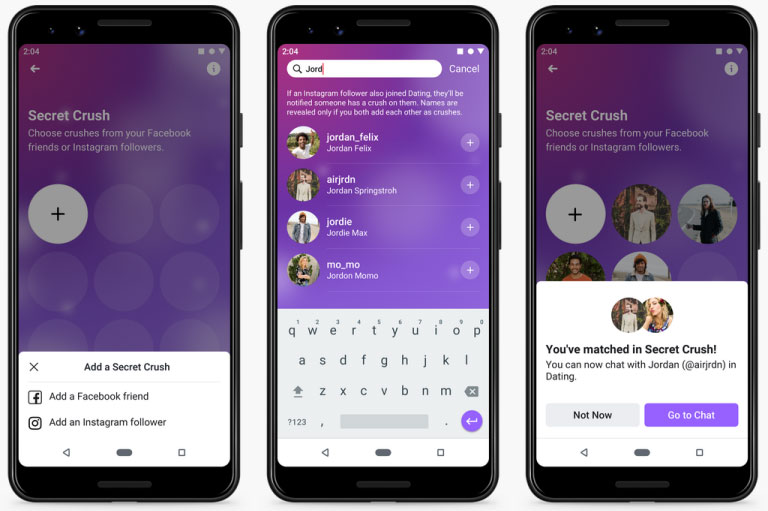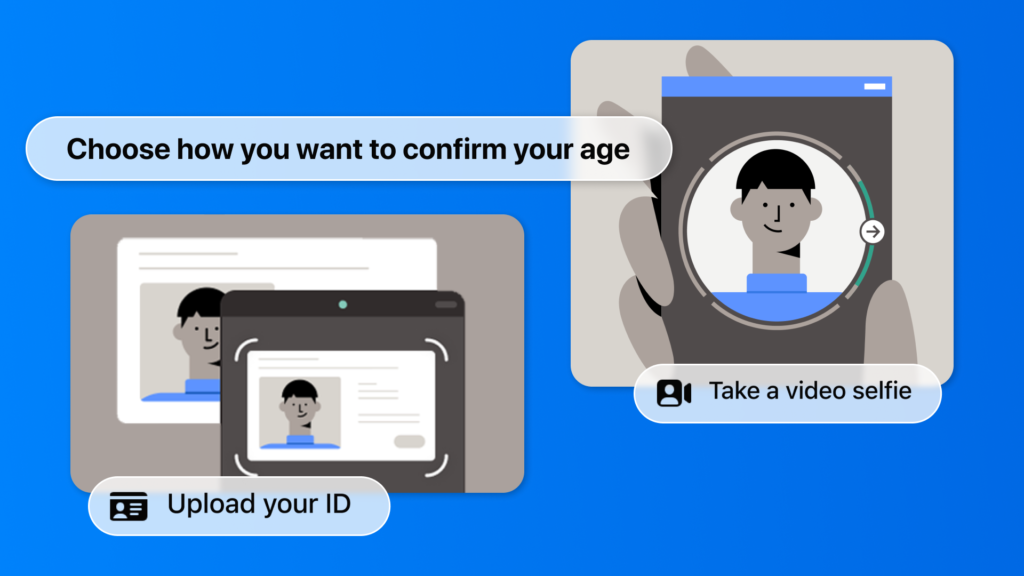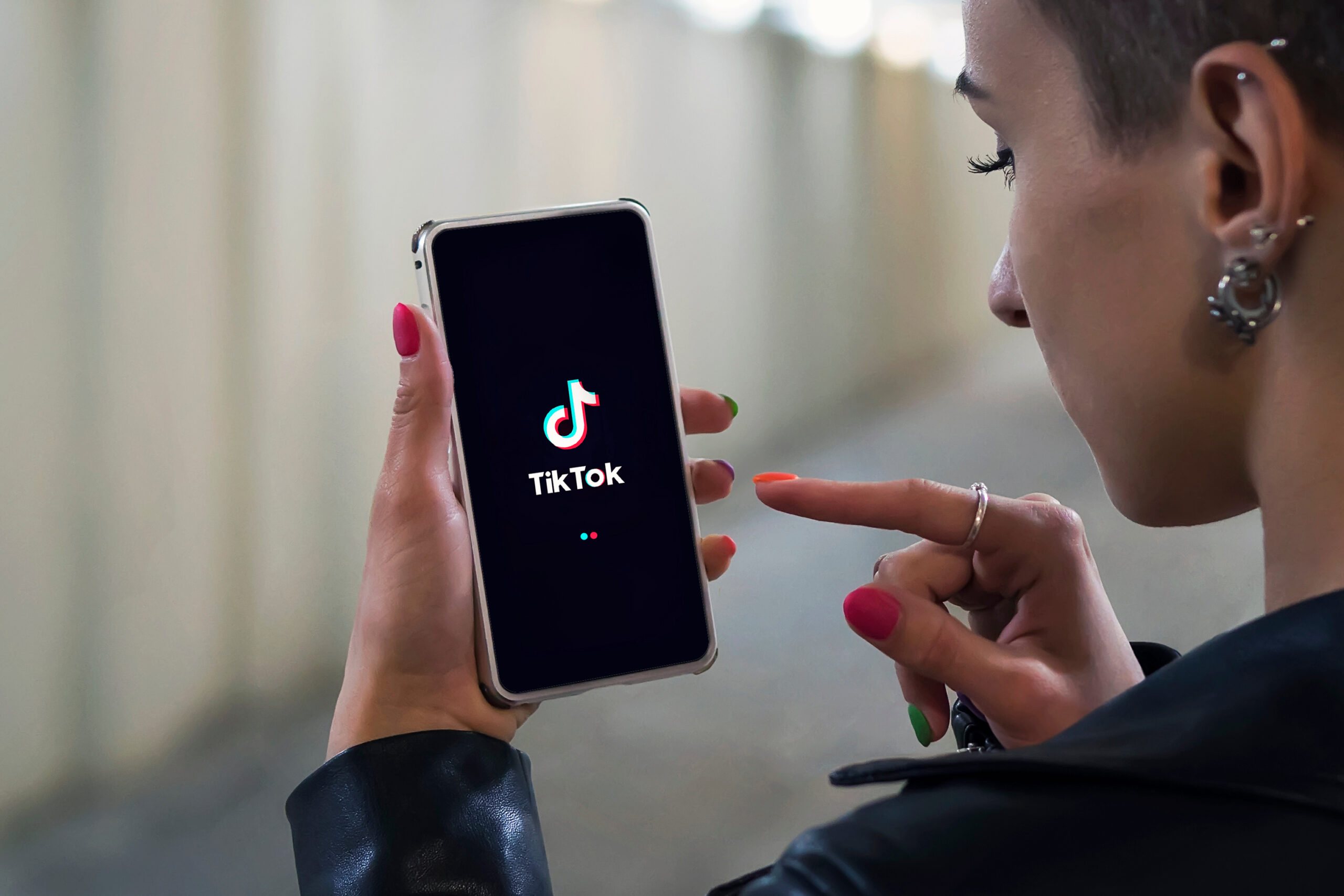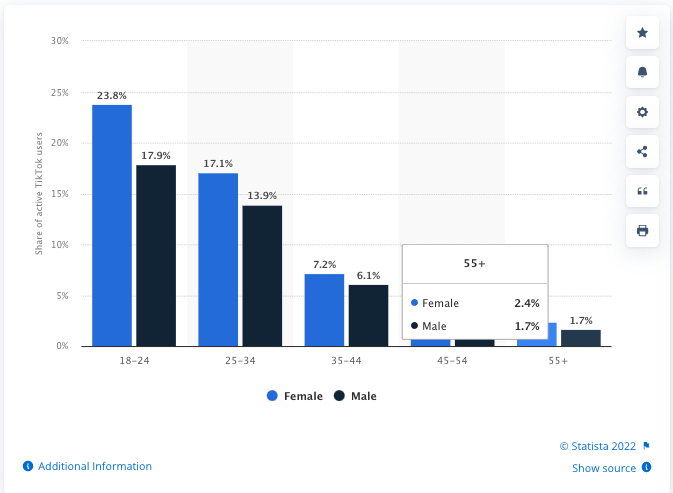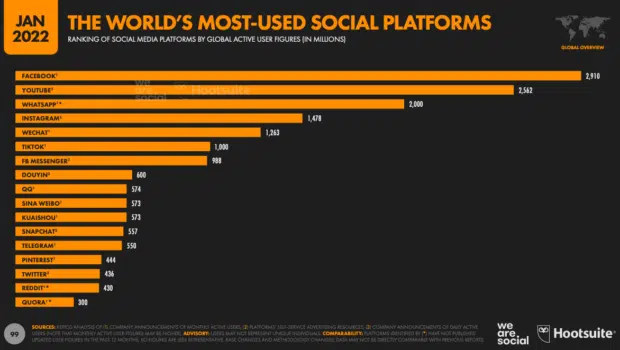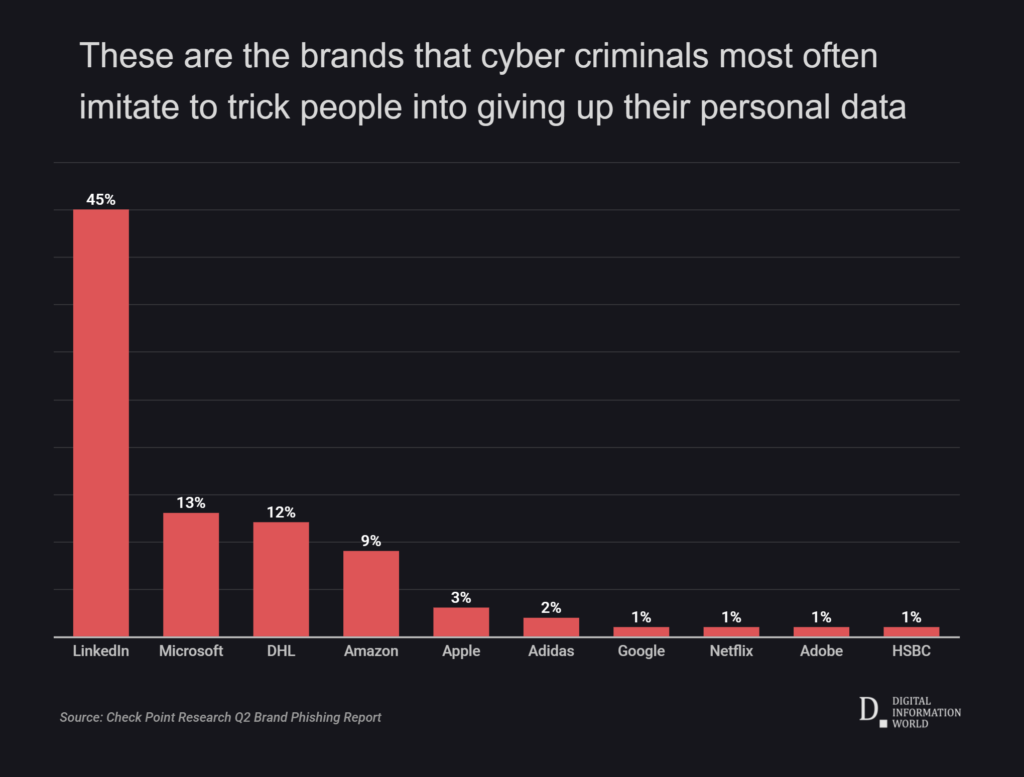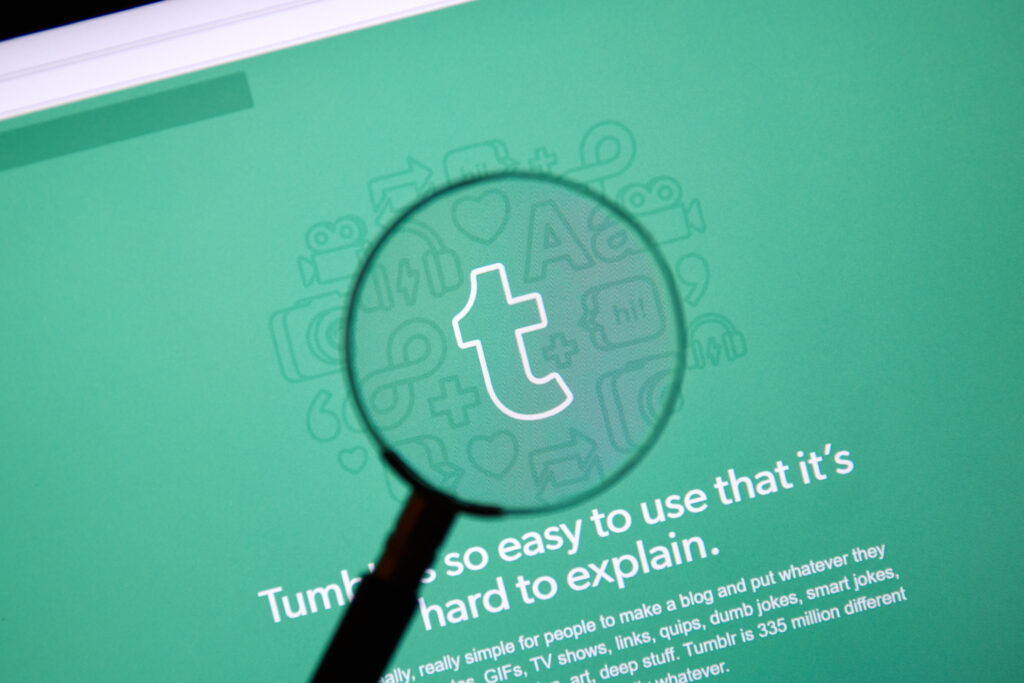
There has been unrest in the world of social media since well known social media and networking site Twitter was purchased by billionaire Elon Musk. Many users are unhappy with the changes that are being brought to the site and are realizing that they will most likely have to share their thoughts, opinions and ideas in a new way on a new platform… And that platform just happens to be Tumblr.
Tumblr was founded by David Karp in 2007, following the recent launch of Twitter in 2006 and Facebook in 2004. The site was built to be a simple microblogging social media platform, but with the feature of being able to share multiple forms of media. Tumblr users could design their own page, posting and sharing videos, pictures, GIFs and text posts. The site quickly gained popularity and by 2013 had seventy-three million accounts. By this time Tumblr was acquired by Yahoo! Inc for 1.1 billion dollars.
For those who never used Tumblr, the site was known to be “whatever you want it to be”. There were no limits on what you could share and or how you shared it and this idea attracted quite the mixing pot of users. The site quickly became ‘fandoms homeland’ according to Mashable. Users got to write fan fiction, share illustrations, clip down moments from shows or movies and repost them out of their original context to fit whatever fantasy they wished.
With this mindset of being free to post whatever you wanted came the infiltration of pornography on the site. Pornography workers who didn’t fit industry standards at the time made their way over to tumblr and grew their fame and following by blogging and sharing explicit images or videos. Tumblr became a site where people freely shared their sexuality, creating and sharing NSFW illustrations, fetish art/pornography, queer erotica and so much more. The layout of Tumblr is unlike the social media layouts we see today. Users do not receive curated feeds based on what the algorithm thinks you would like to see, Tumblr users follow hashtags, keywords and follow pages that are similar to their own, creating a tight-knit community of people just like you.
In 2018 Tumblr saw a major change… Apple removed the app from their app store due to rumors of child pornography being shared on the site. In response Tumblr took action and banned adult content from the app completely. Immediately the users who found fame on the platform began leaving and finding new ways to share their content. The platform relied on digital tools to hand pick the banned content, and of course there were issues. Explicit content was being missed while other content began being flagged even though it didn’t contain anything against guidelines, resulting in even more people abandoning their accounts and fleeing to different social platforms.
This brings us full circle to 2023 where the phrase ‘tumblr comeback’ is being tossed around on the profiles of unsatisfied Twitter users. The millennials that originally had accounts on Tumblr are searching for a new platform to share their thoughts in text form and not in the form of a TikTok video, which is leading them back to Tumblr. Gen Z is also finding their way to Tumblr for the first time. Tumblr, now owned by Automattic, a parent company of WordPress, reports that 61% of their new users are a part of the Gen Z demographic. Also reporting that 48% of the site’s users are Gen Z as well.
The site remains the third most popular blogging site in the US, Canada and the UK, although users had left it in the dust for so many years. Many people don’t believe that Tumblr will ever become relevant again and will crumble as MySpace did, but users are beginning to prove them wrong. Though the site has a long way to go before competing with the Twitter universe, they are an attractive FREE alternative. Heading into 2023, the site has once again lifted their ban on nudity saying in a blog post “we now welcome a broader range of expressions, creativity and art on Tumblr, including content depicting the human form (yes, that includes the naked human form). Only time will tell if users will continue to abandon the sinking ship that is Twitter and find their way over to Tumblr, whether they are a first time user or are returning back to their beginnings. Either way, we may be seeing a Tumblr comeback.
